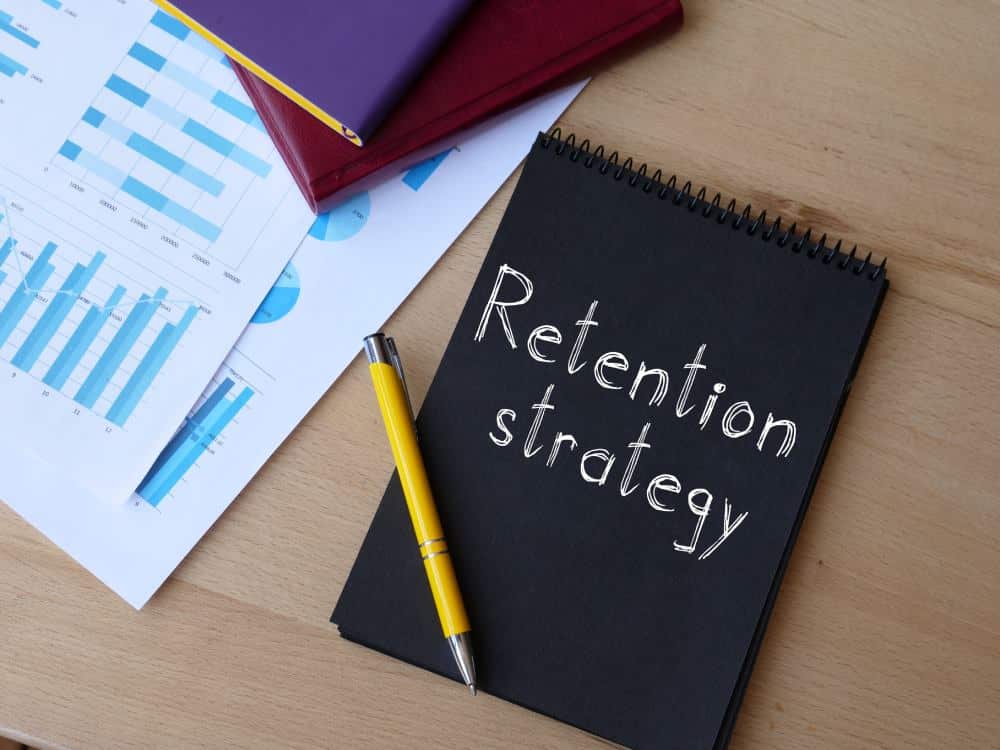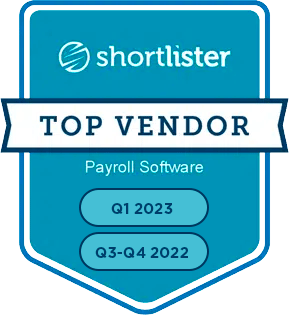You have likely heard that it costs more to hire a new employee than to retain one. While this might just seem like a push to improve retention rates, the statement holds true in 2022.
According to Glassdoor, the average cost per hire is a little over $4,000. Of course, this number varies depending on the job level and hiring practices. But it does reflect the direct cost of advertising positions, conducting interviews, completing background checks, paperwork, and more.
Then, of course, there are the intangible costs of having to hire a new employee. From the time it takes to fill an open position to training, it can take a few months for a new hire to become efficient and profitable.
All of this is to say that having an employee strategy in place is essential for your business’s success.
6 employee retention strategies that work
Not all employee retention plans are effective. In the modern workforce where remote work is more prevalent than ever, retaining employees requires new approaches.
Here are a handful of innovative employee retention strategies for your human resources team to apply:
Streamline onboarding
Encouraging employee engagement all starts with the onboarding process. The experts at Robert Half explain that new hires should be set up for success from the start. This includes teaching them the ropes of the new job and details about company culture.
It can be easy to breeze through the onboarding process, but it’s essential to not skimp on it. This first step can leave a positive (or negative) impression on a new hire that will stick with them in the long term. Make sure your new employee feels supported right from the beginning.
Improve payroll and compensation
Time and time again, compensation is one of the top reasons for employee turnover. In fact, Pew Research Center recently reported that 63% of workers who quit a job in 2021 cited low pay as the main reason for their decision.
It’s important to offer competitive compensation right from the start. However, to retain employees you should also allow for discussions around raises, inflation, and other things that can affect salary.
At the same time, making improvements to the payroll process can also help improve employee satisfaction around this topic.
Offer competitive benefits and perks
With working from home here to stay, it’s important to offer benefits and perks that will actually motivate your team. While office perks like ping pong tables or massage chairs are fun and flashy, these don’t necessarily make for a better working environment.
According to the Society for Human Resource Management, the best perks for your talent retention strategy should show employees you care about their wellbeing. Some popular benefits include:
- Flexible work hours and vacation time
- Career development opportunities
- Educational and financial assistance
- Help them save for their retirement ahead of the Secure Act 2.0
- Mental health and wellness perks
Always make sure your benefits are accessible to all employees and easy to enroll in.
Recognize quality work
Experts agree that employee recognition is one of the best ways to retain top talent. Too often employees are told when they can do better but aren’t recognized for a job well done.
Recognition and rewards programs are a great way to show your gratitude to hardworking employees outside of the review period. Whether it’s thanking your employee in a public forum, presenting them with a gift, or offering them a bonus or raise, you should always strive to recognize quality work when you see it.
HR teams can even use productivity apps to see which employees are going above and beyond to be recognized.
Provide growth opportunities
Learning and development opportunities are something nearly every employee craves from their company. If you’re not offering professional development, your employees could be motivated to seek them elsewhere.
It’s important to understand what your employee wants out of their position along with their long-term career goals to see if they align. And if not, perhaps HR can work with them to create new development opportunities in-house. No matter the case, creating an environment that supports growth should be a part of every strategy for employee retention.
Utilizing tech for employee retention
The best employee retention strategy never relies on only one of these aforementioned aspects. HR should be focusing on the well-being of employees along with providing them a great experience at work.
AllianceHCM can help improve your business’s core HR processes while helping increase employee engagement with things like onboarding and benefits administration. Schedule a demo today to see the Alliance Human Capital Management Suite in action.










